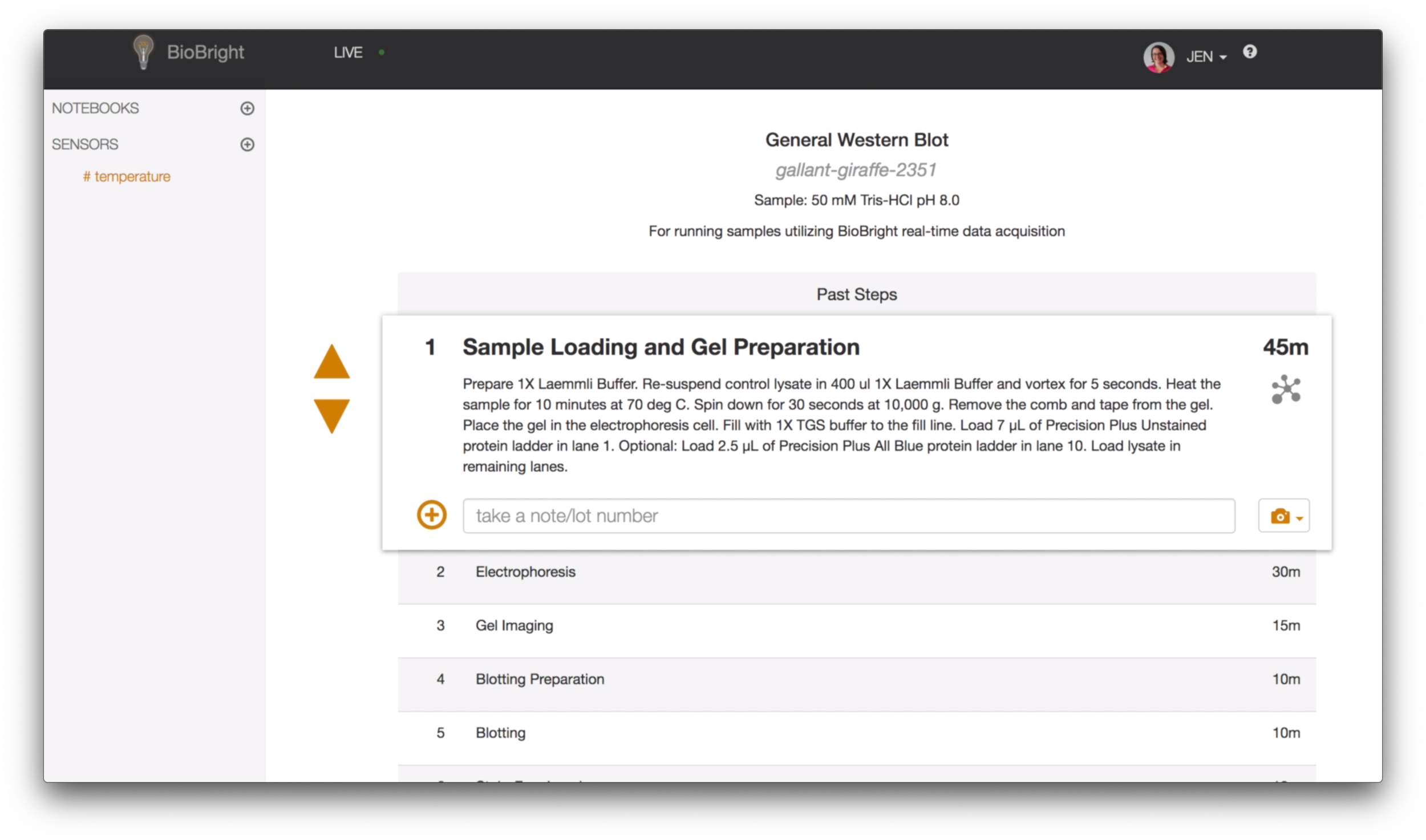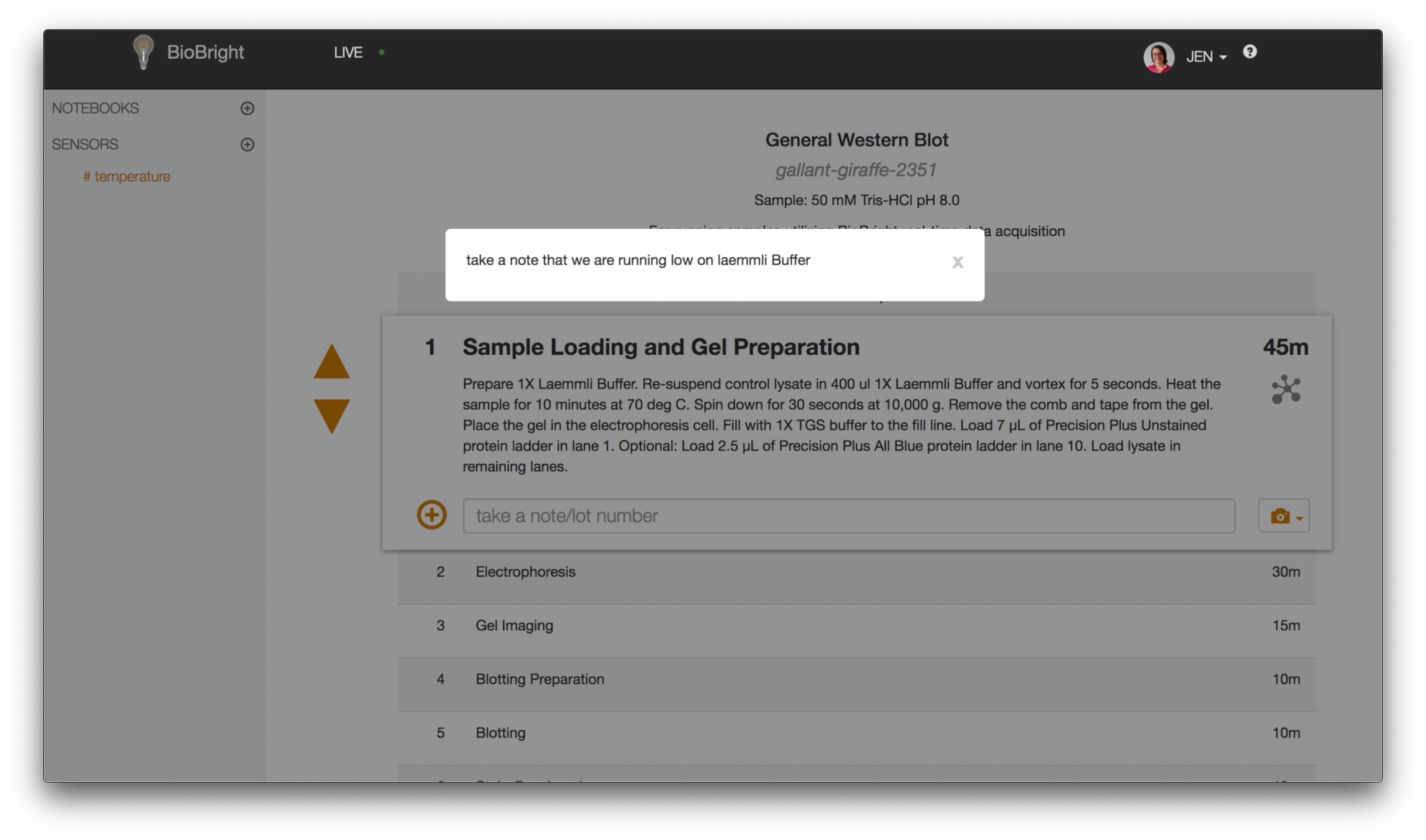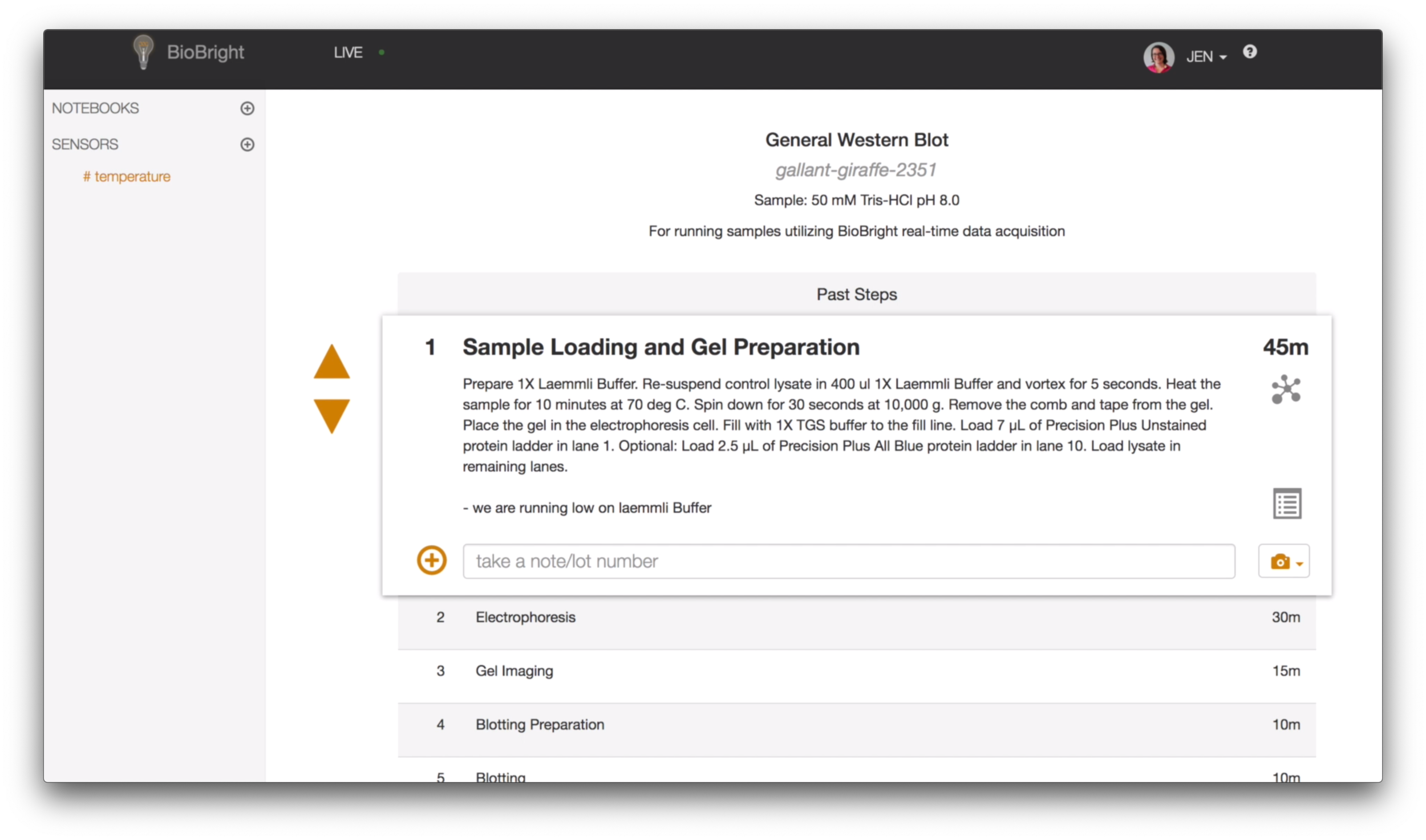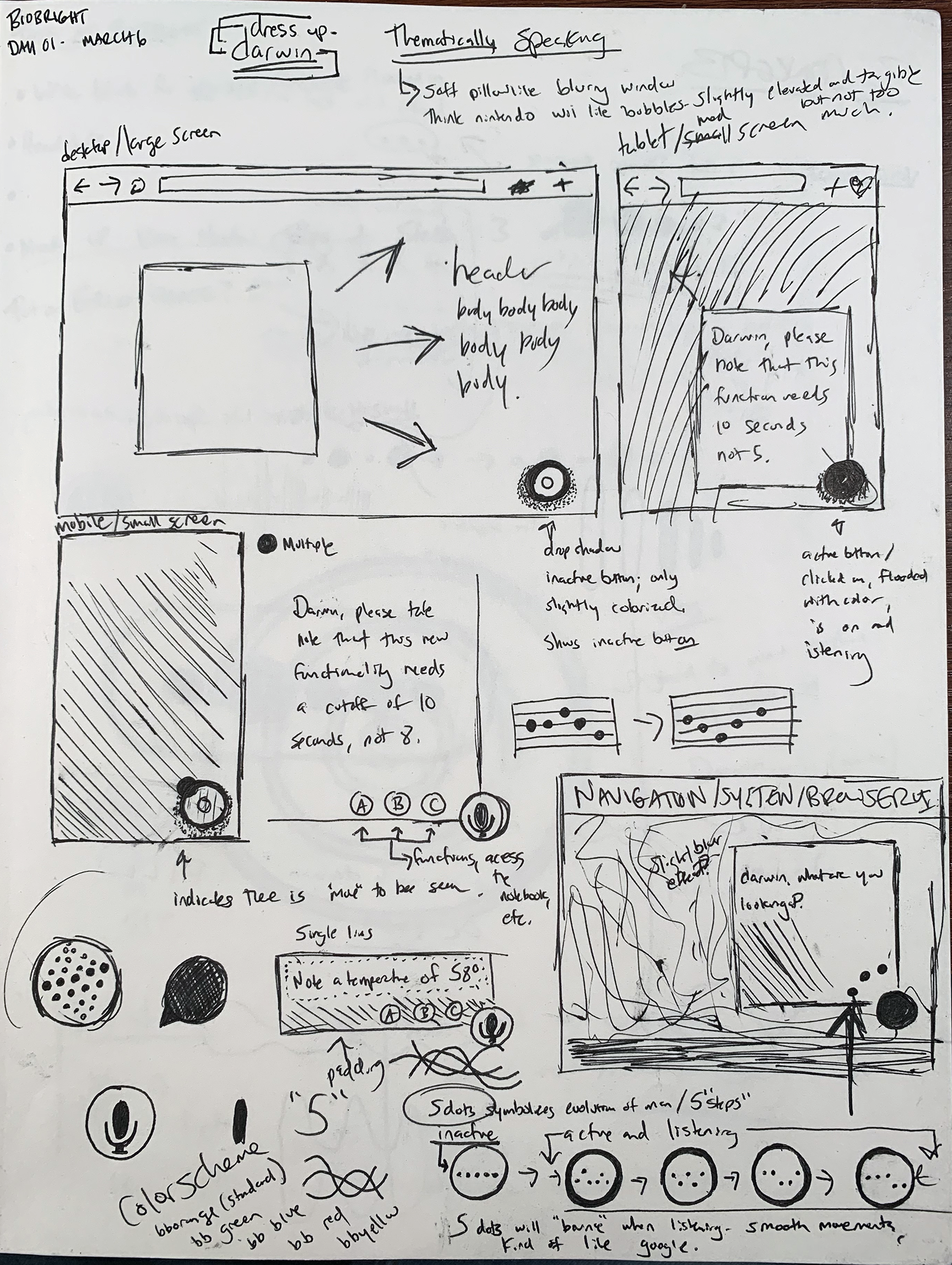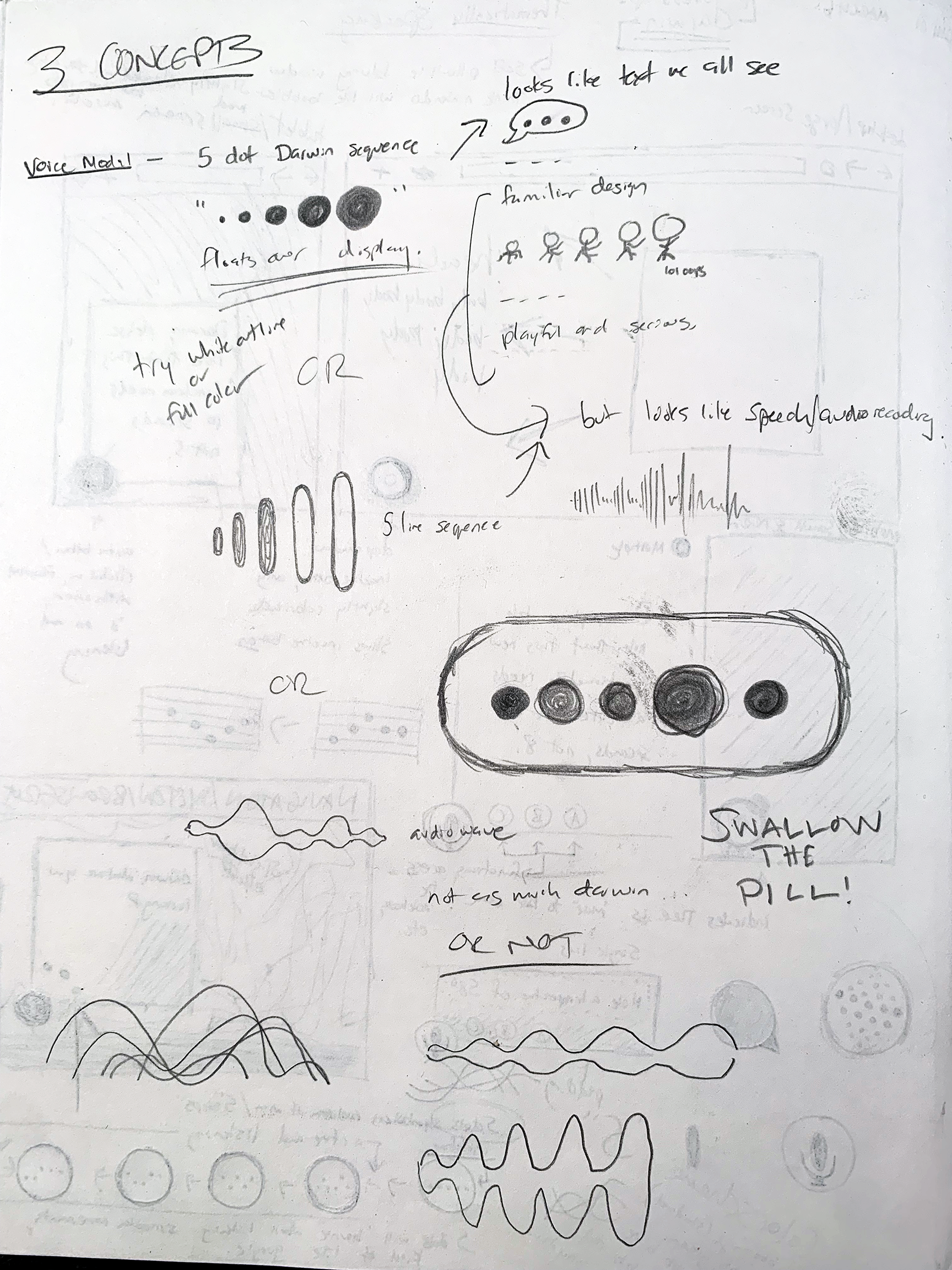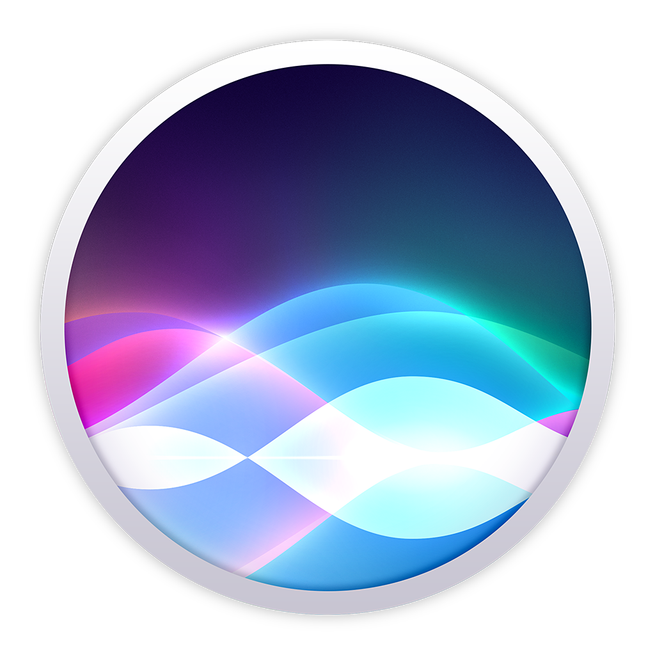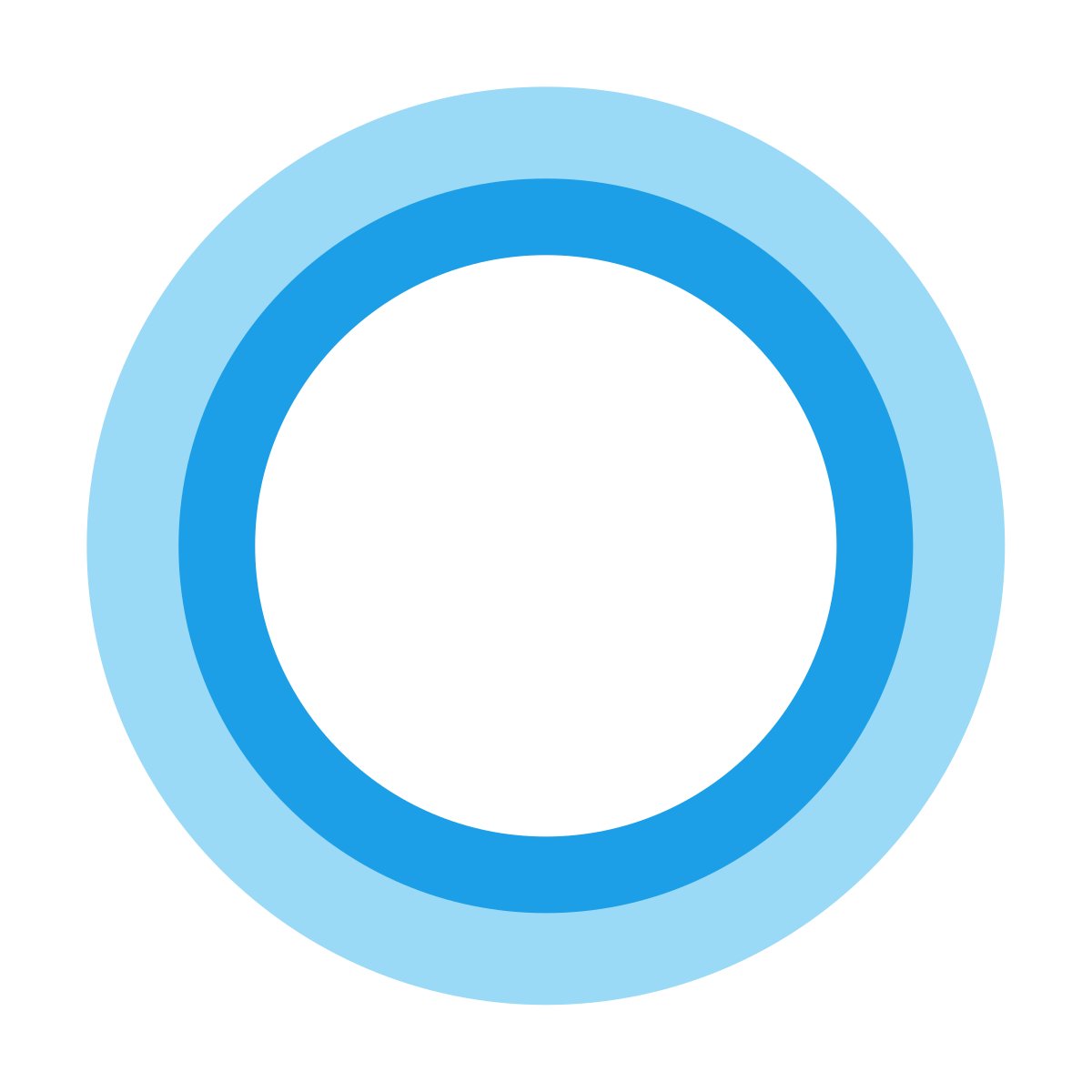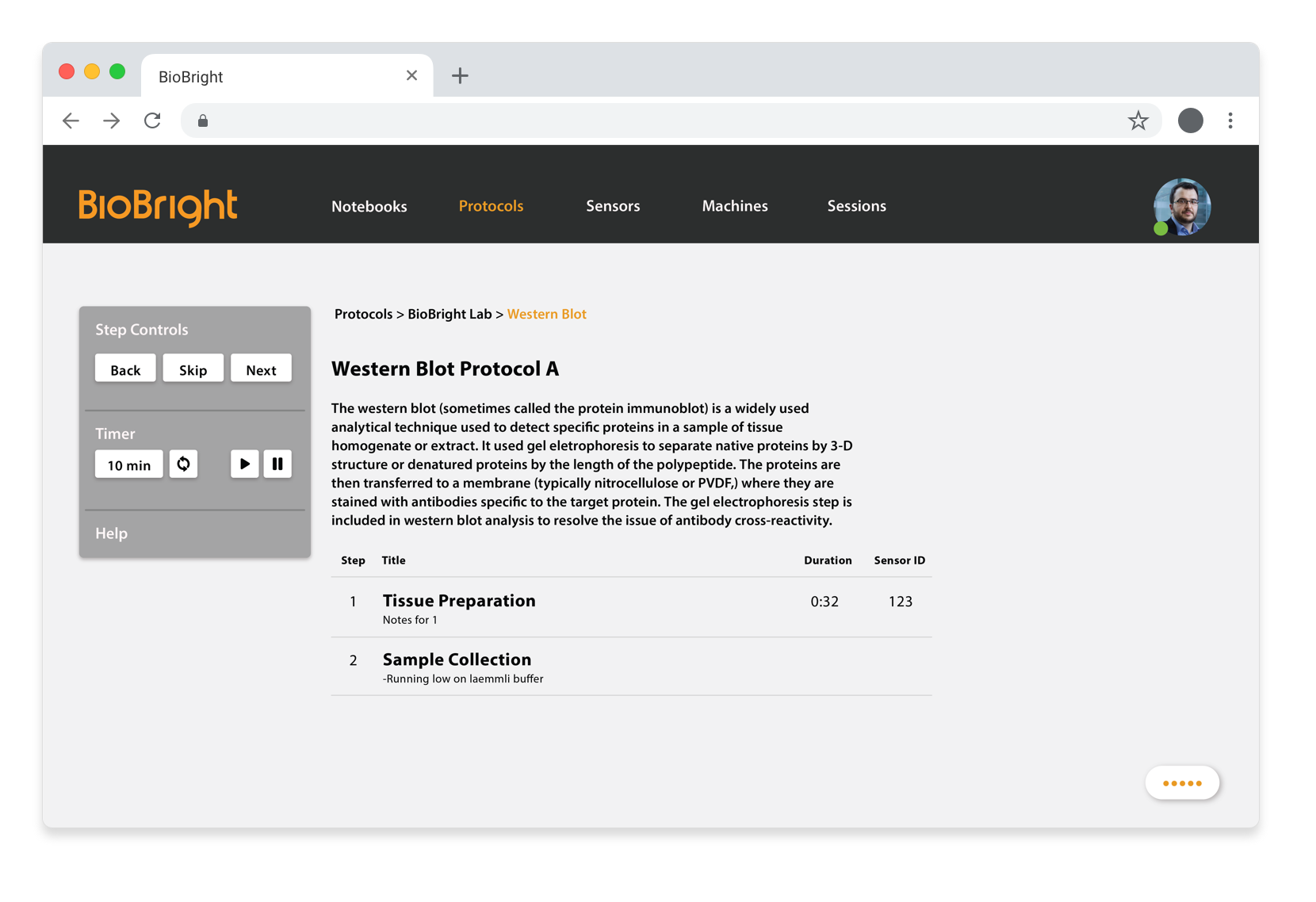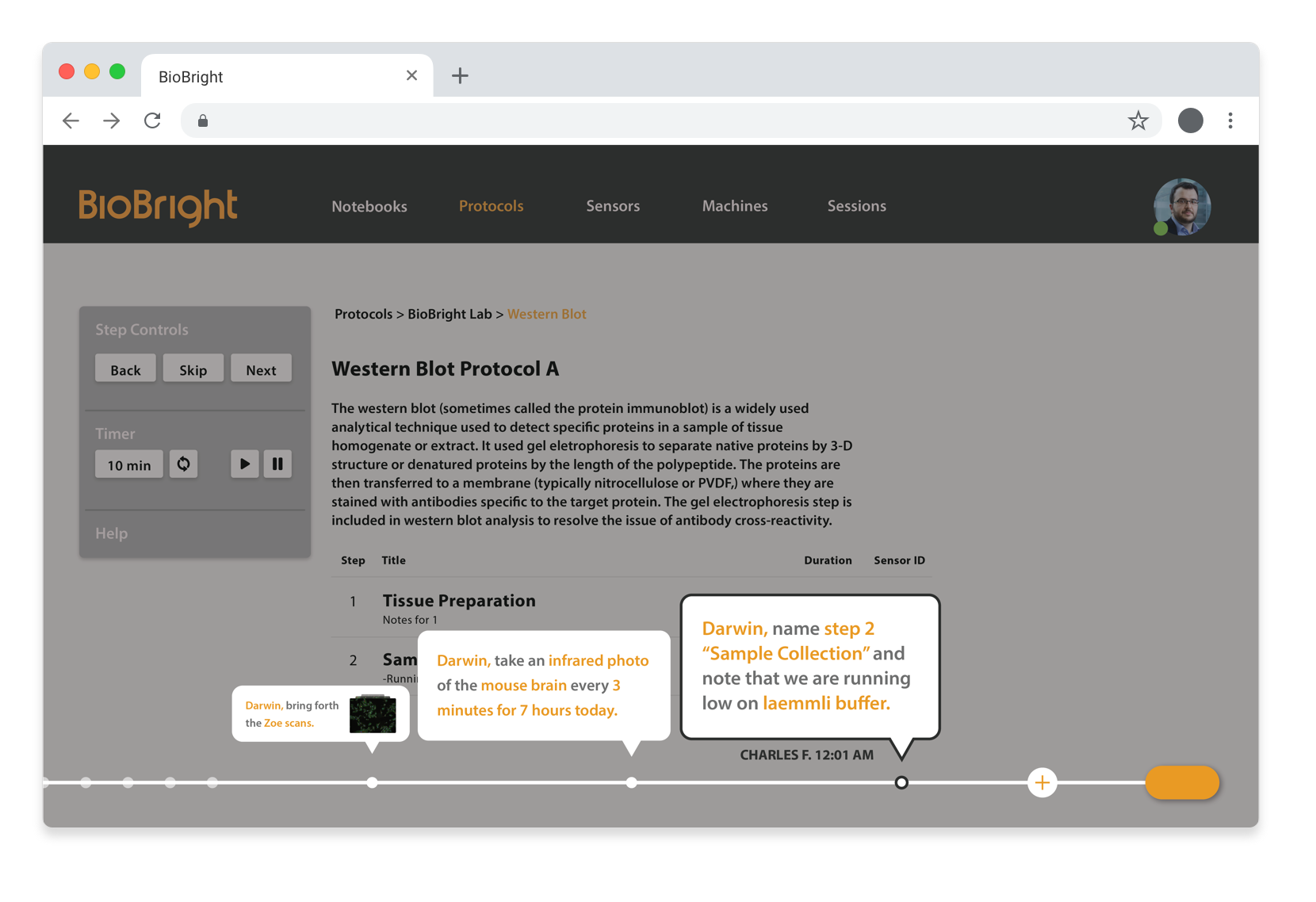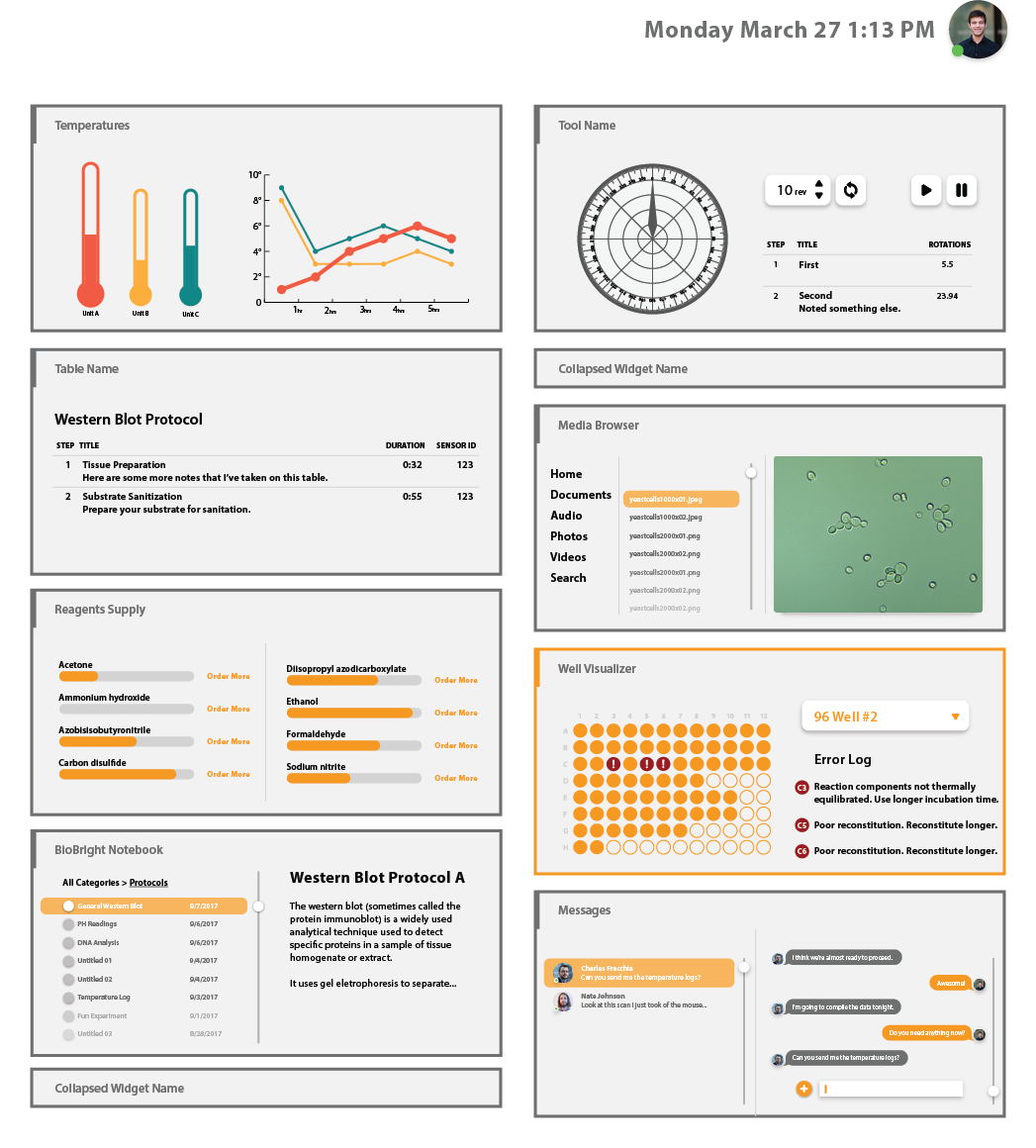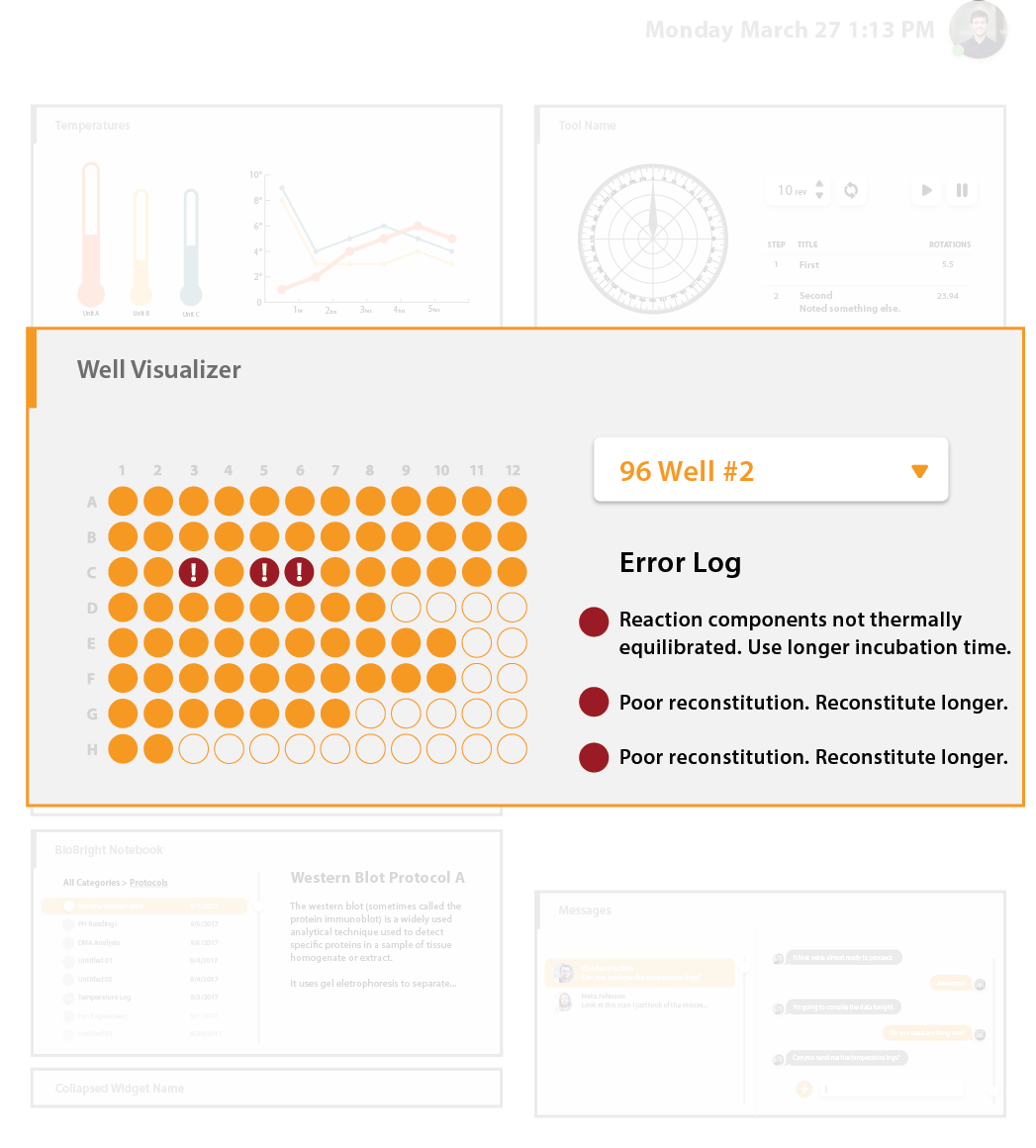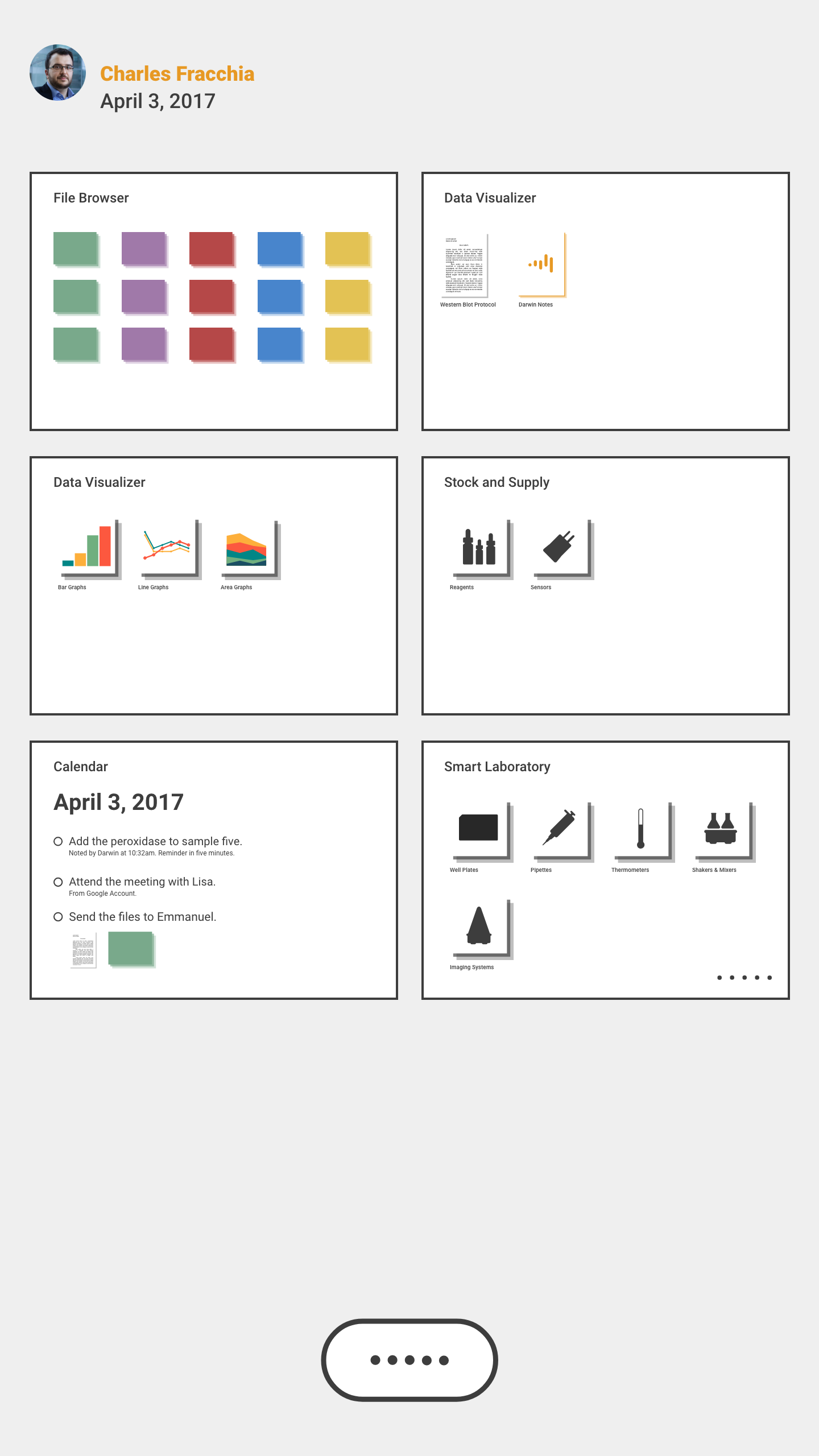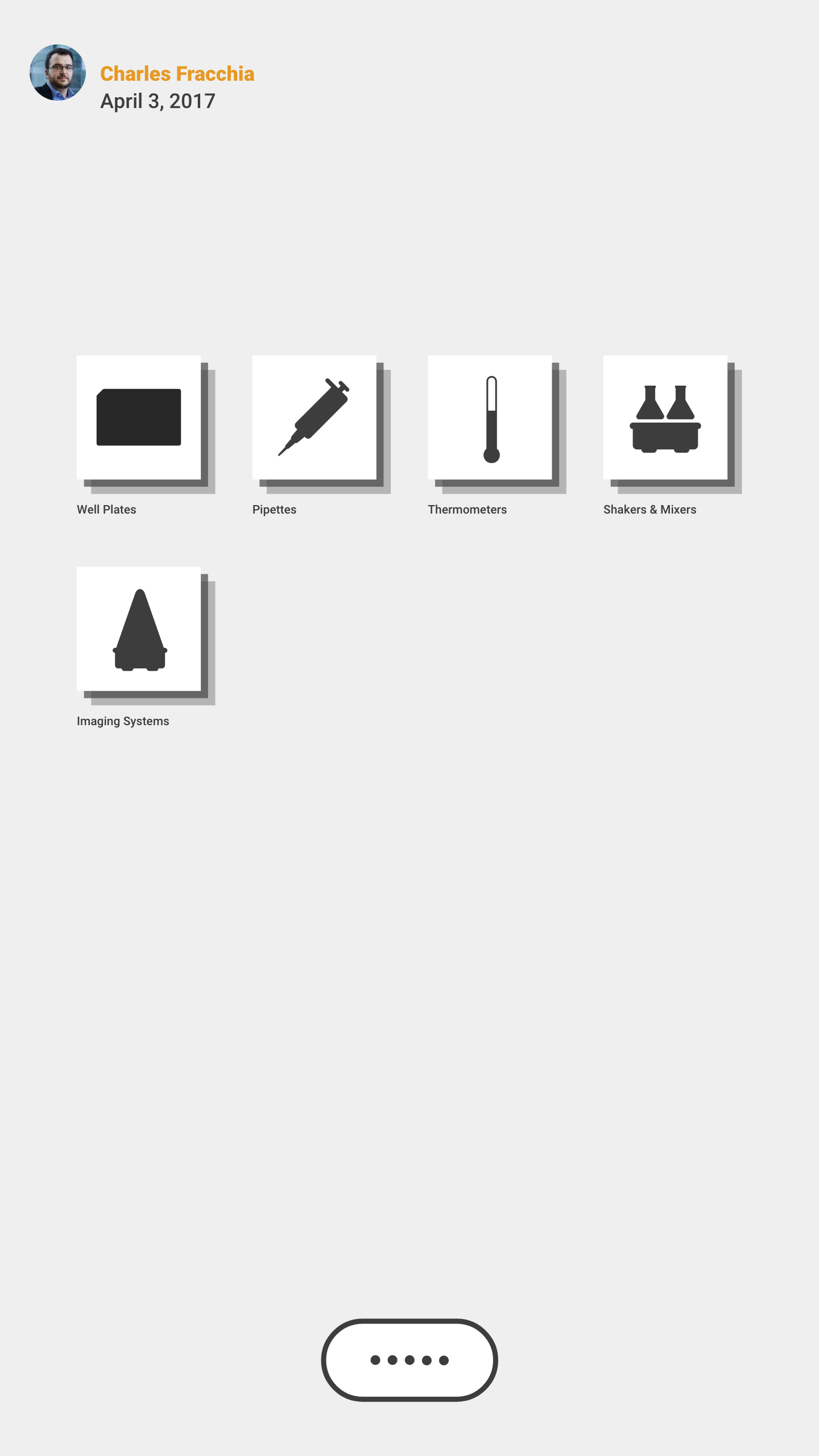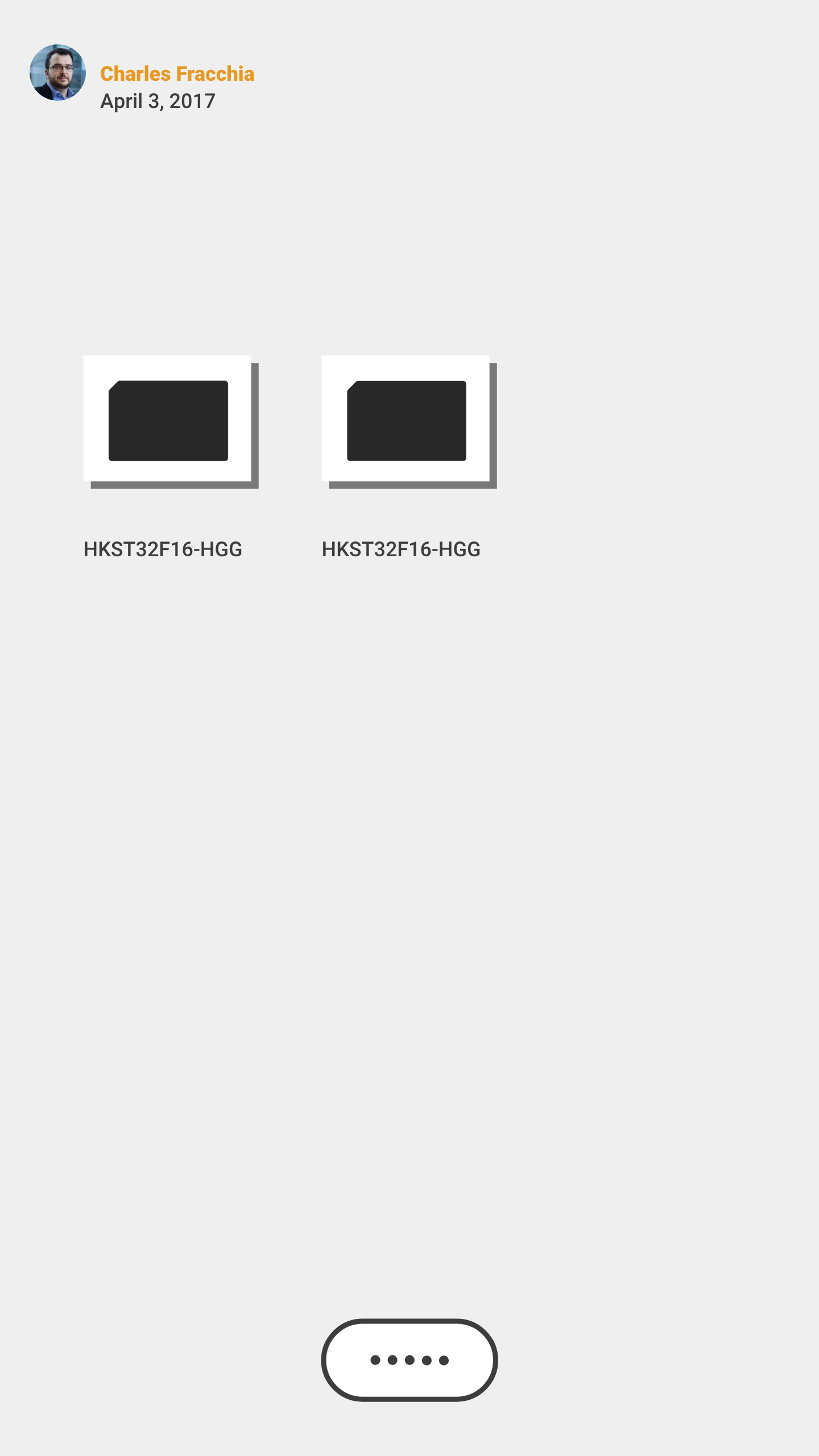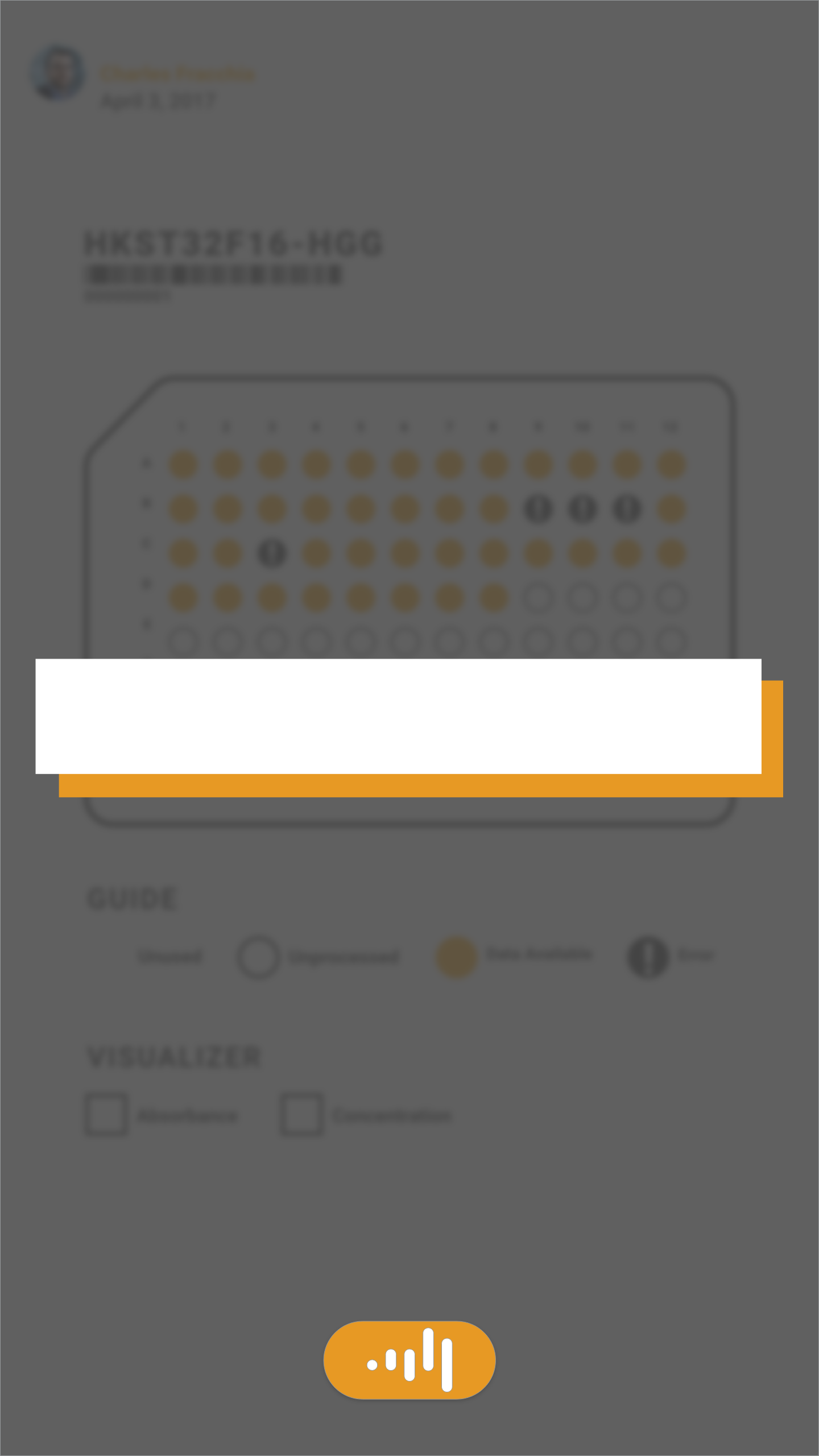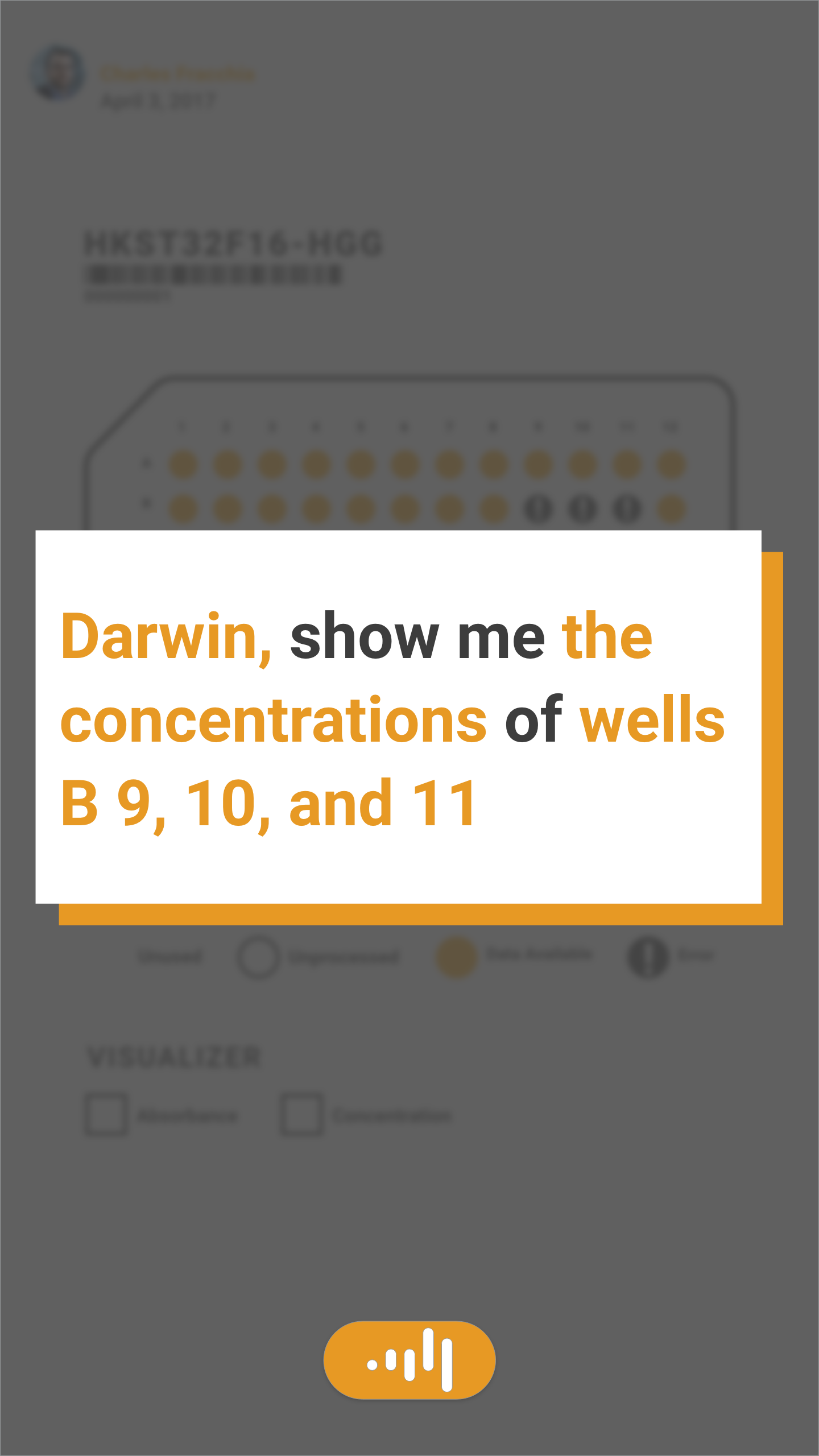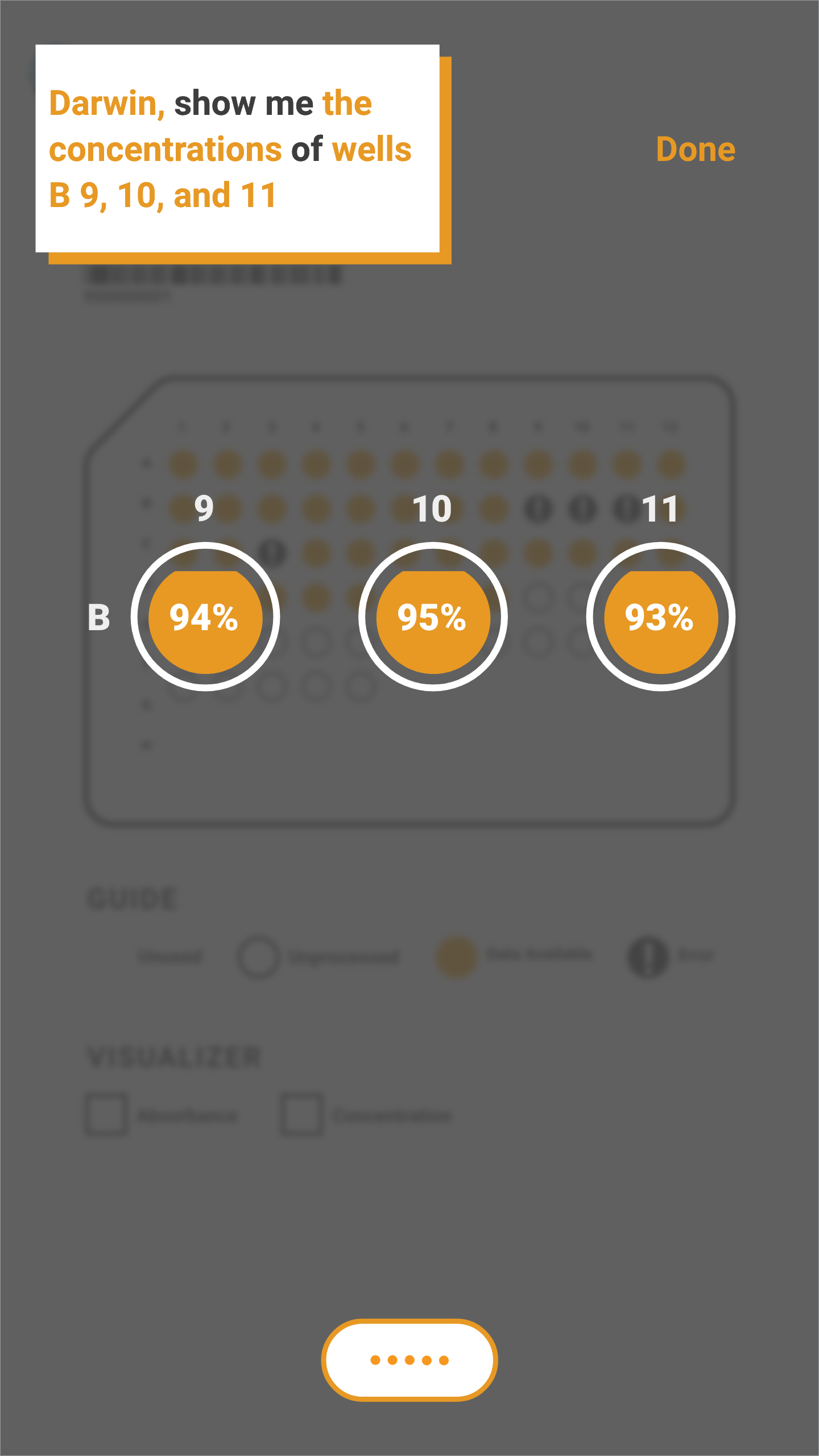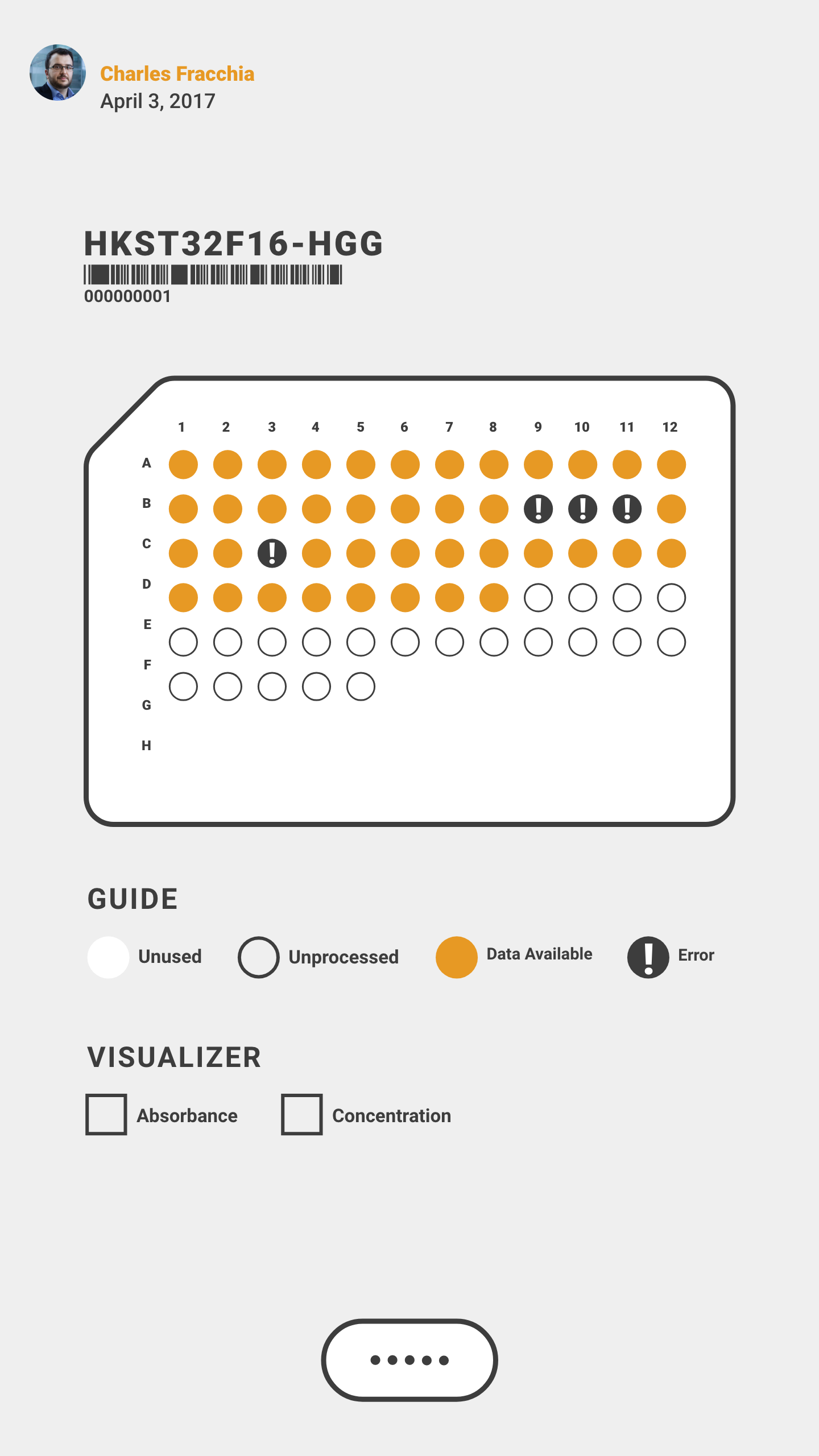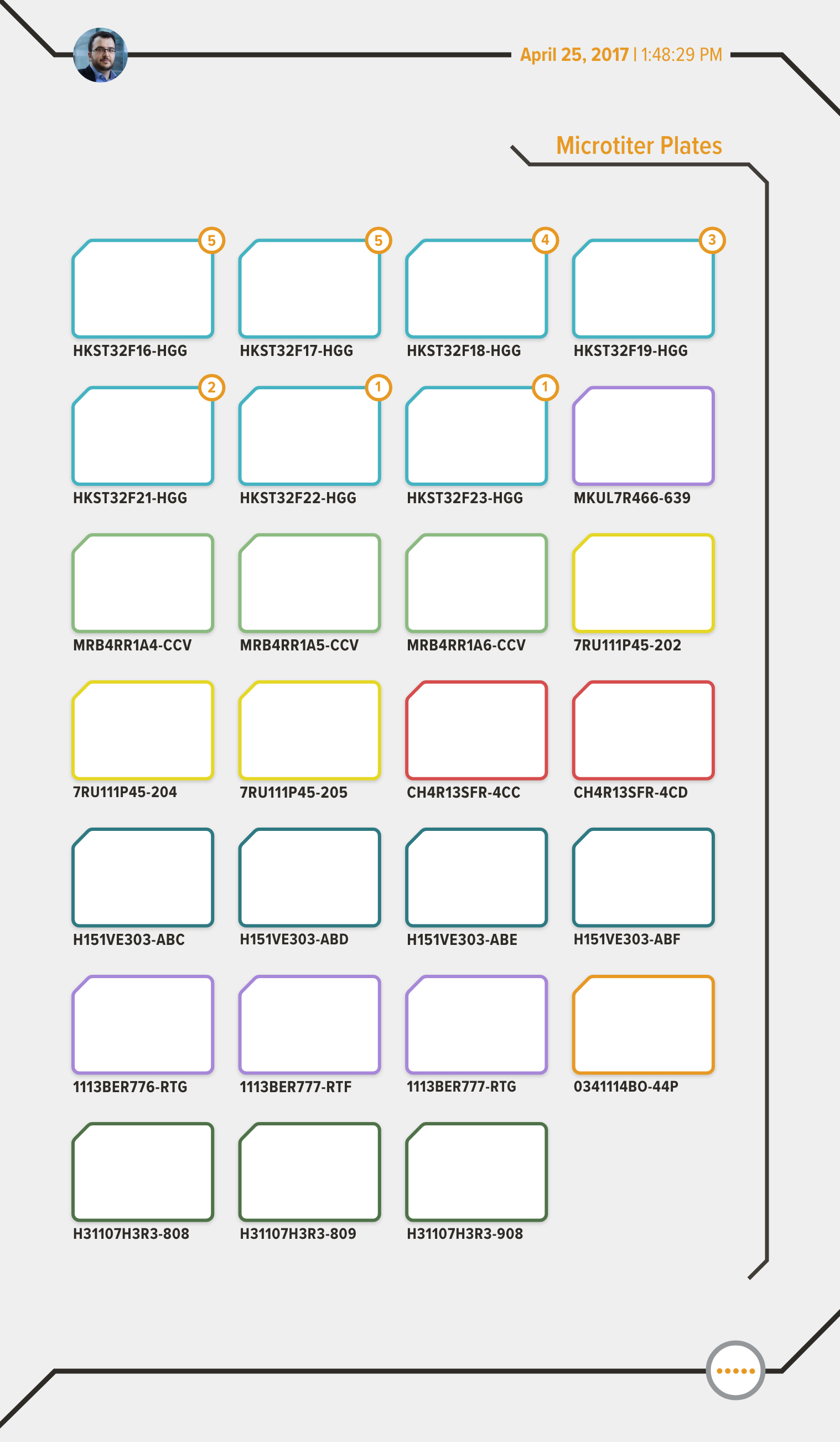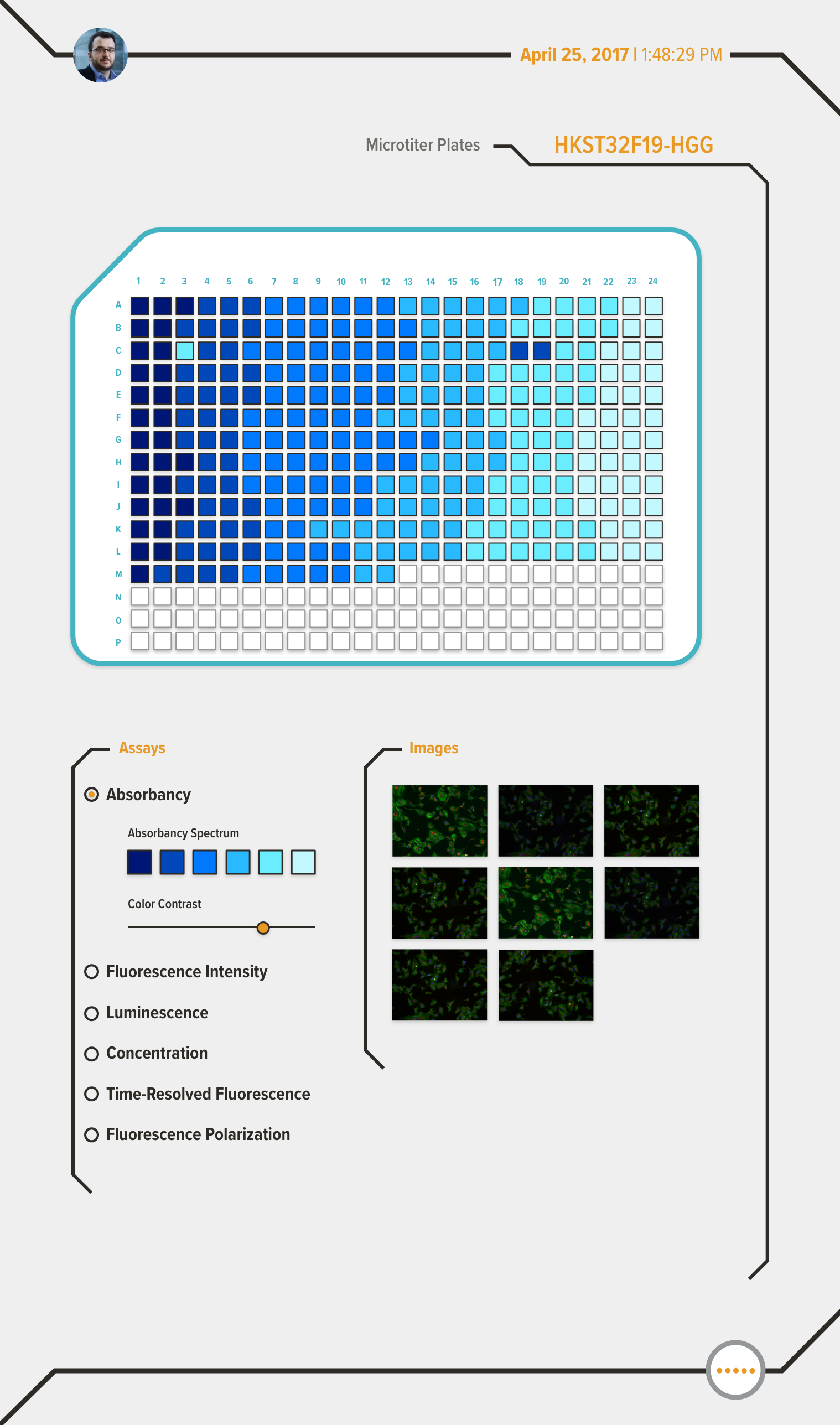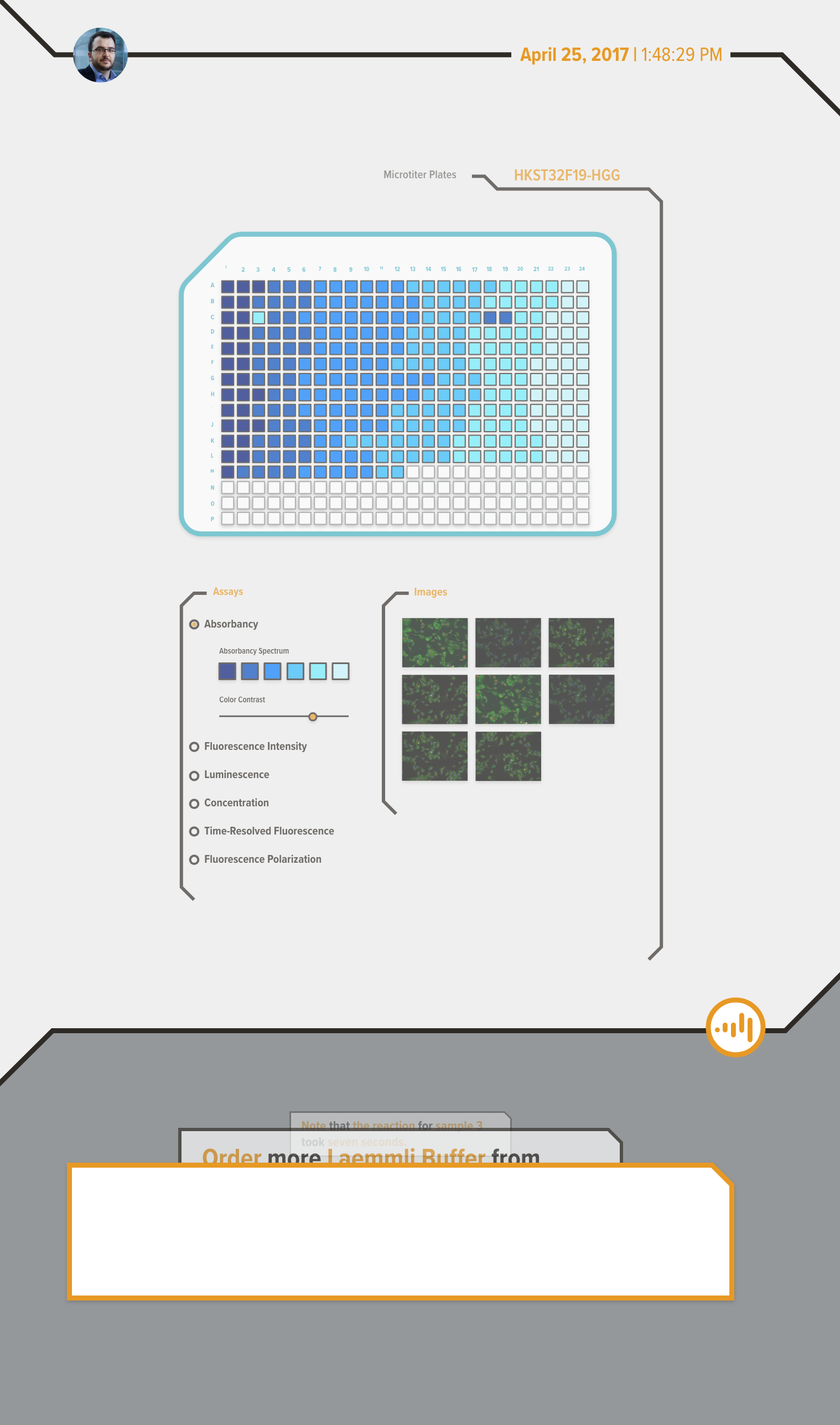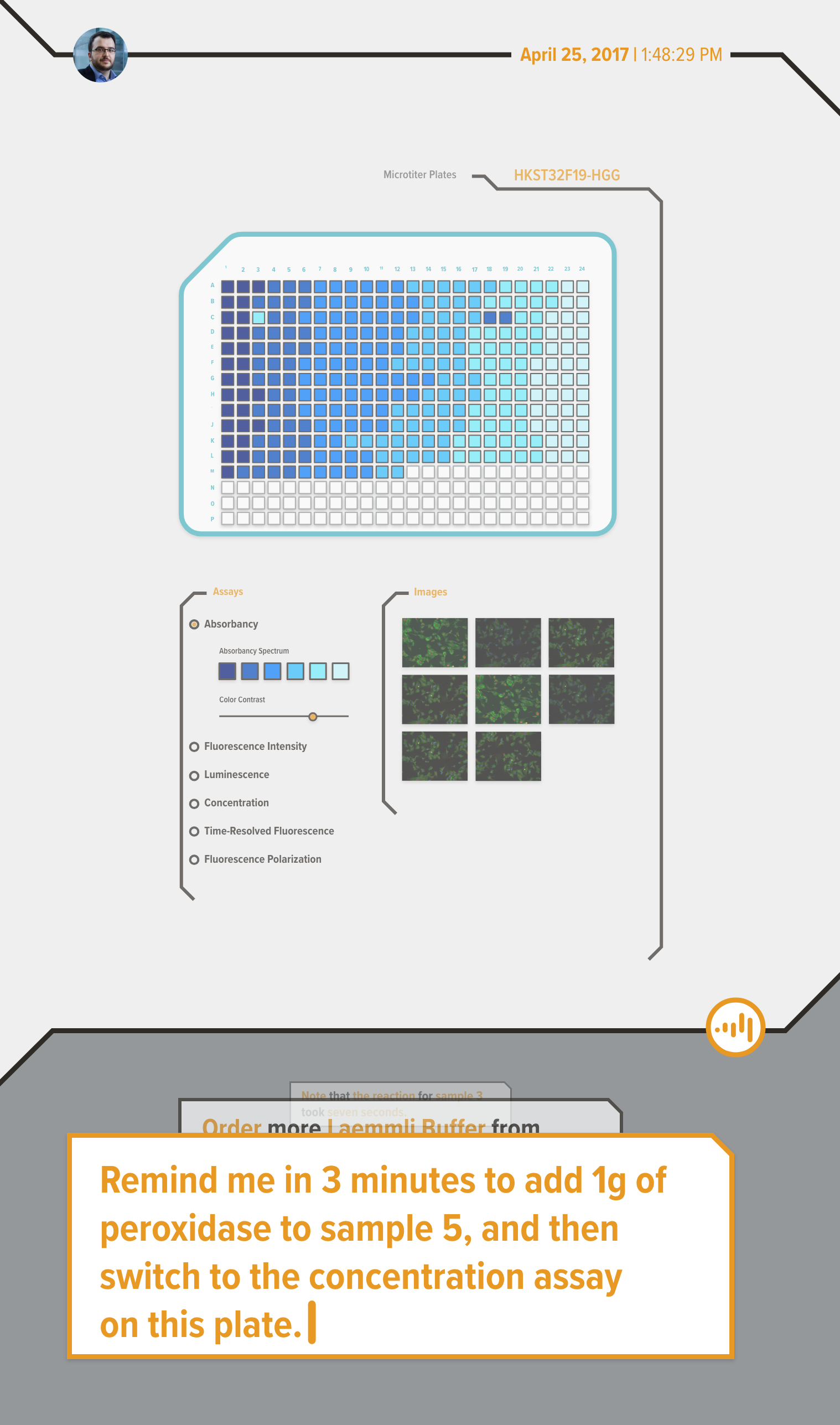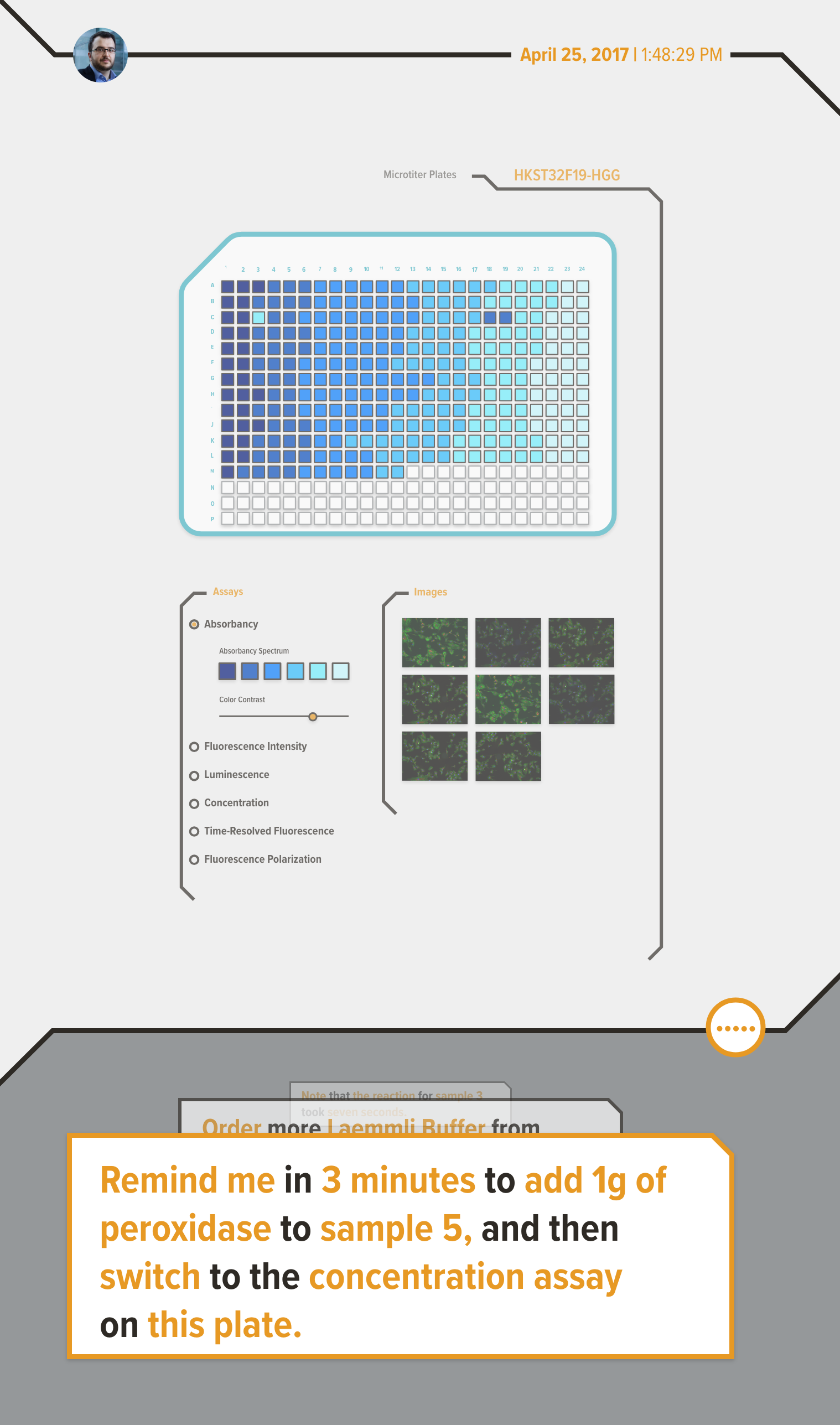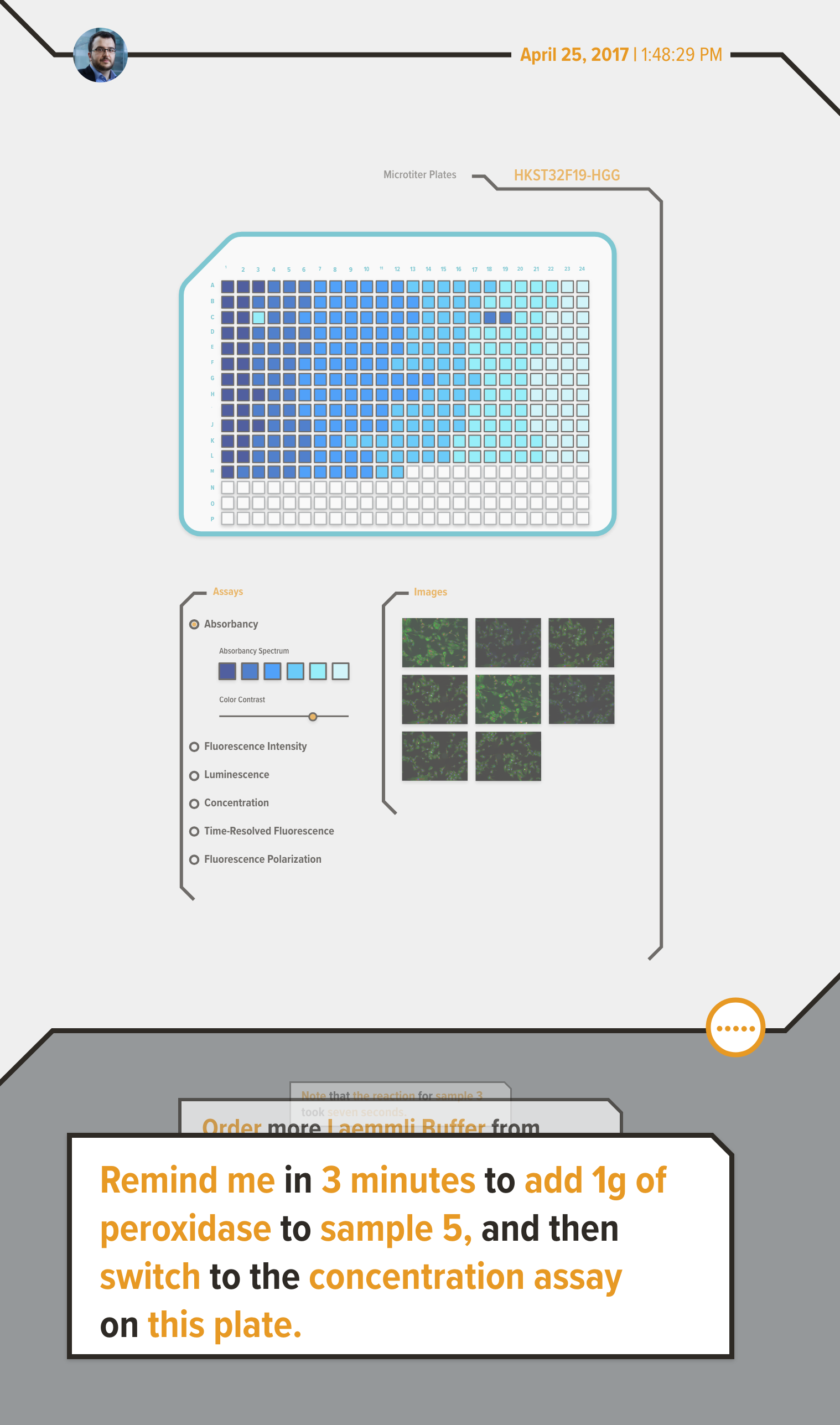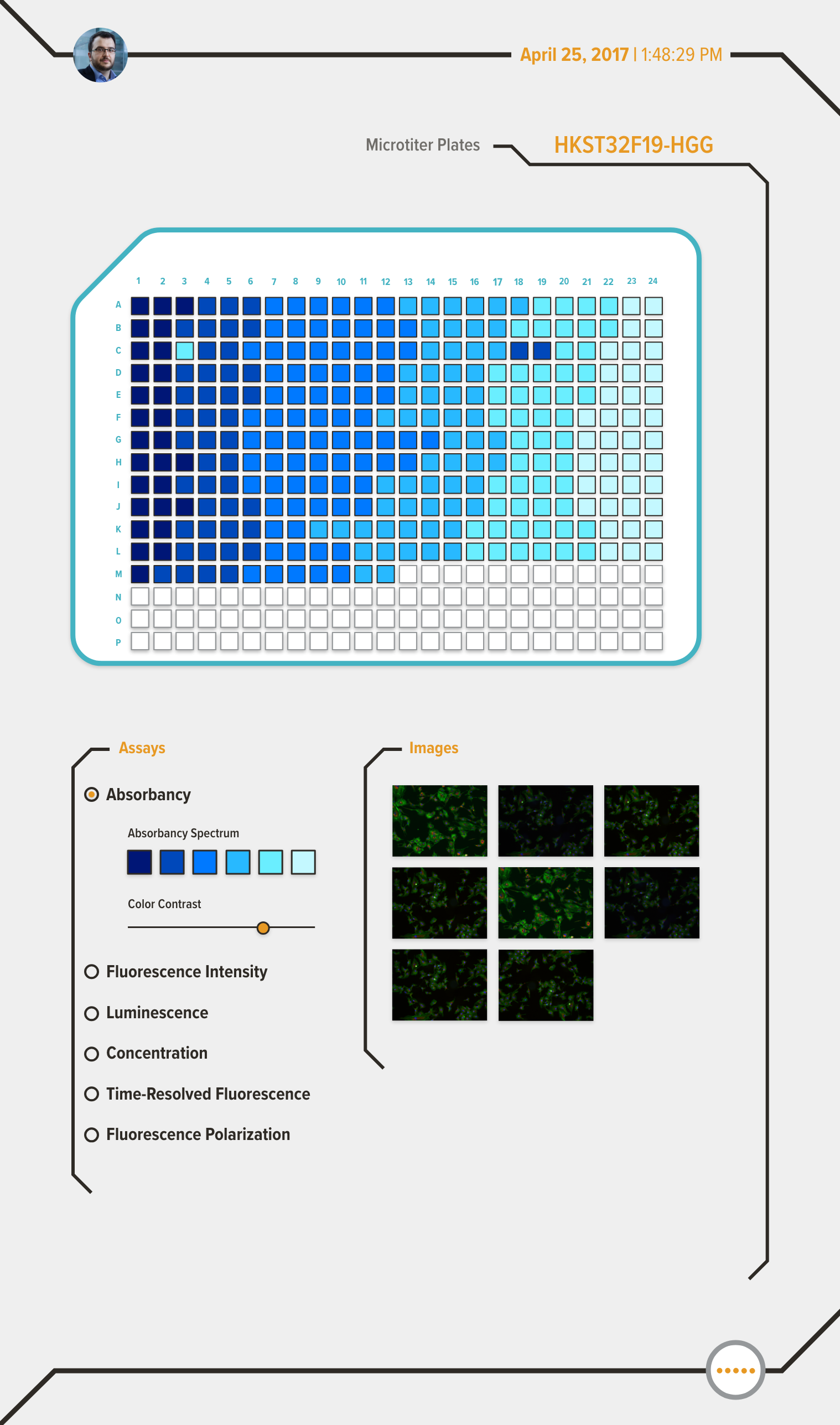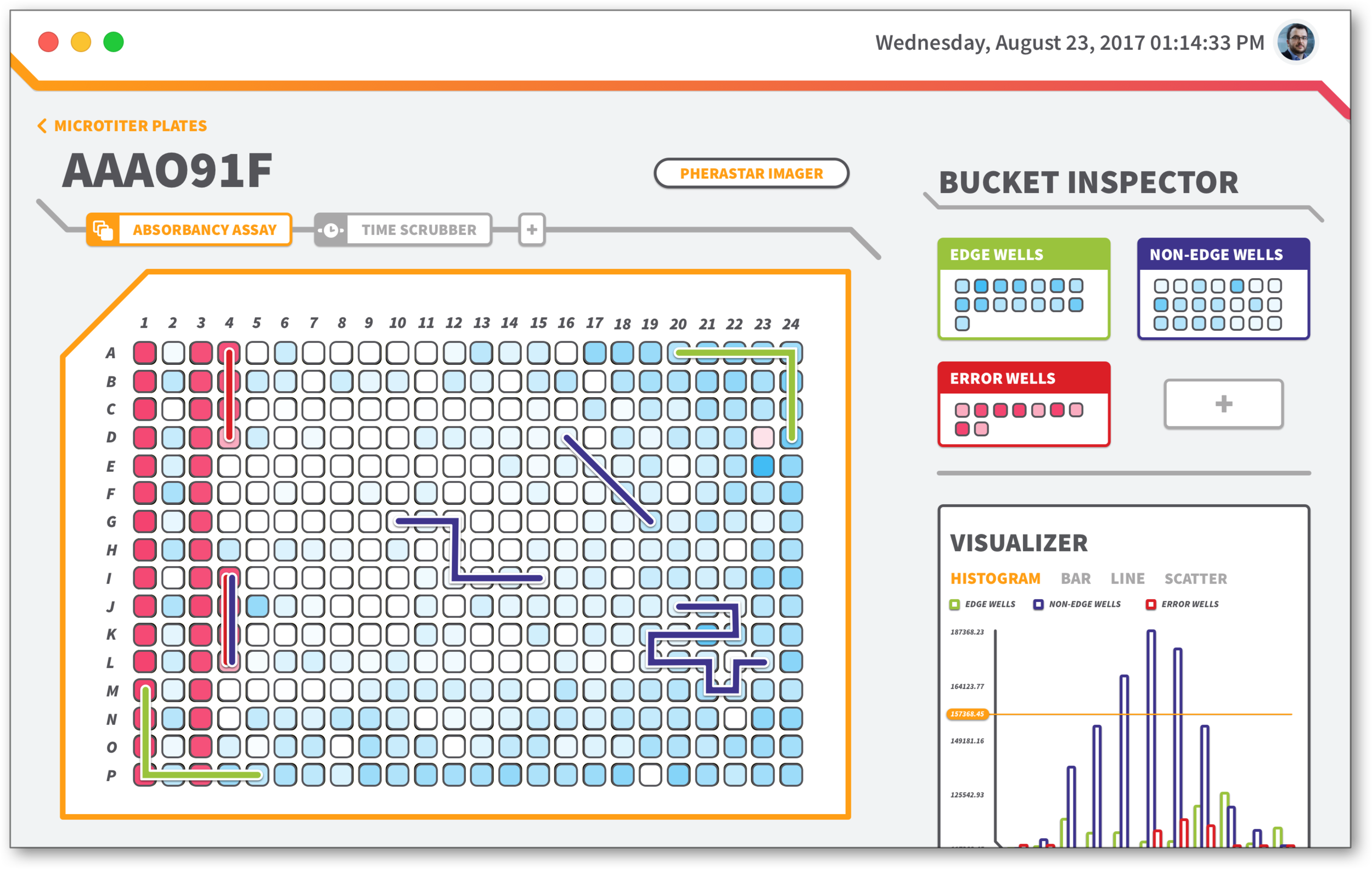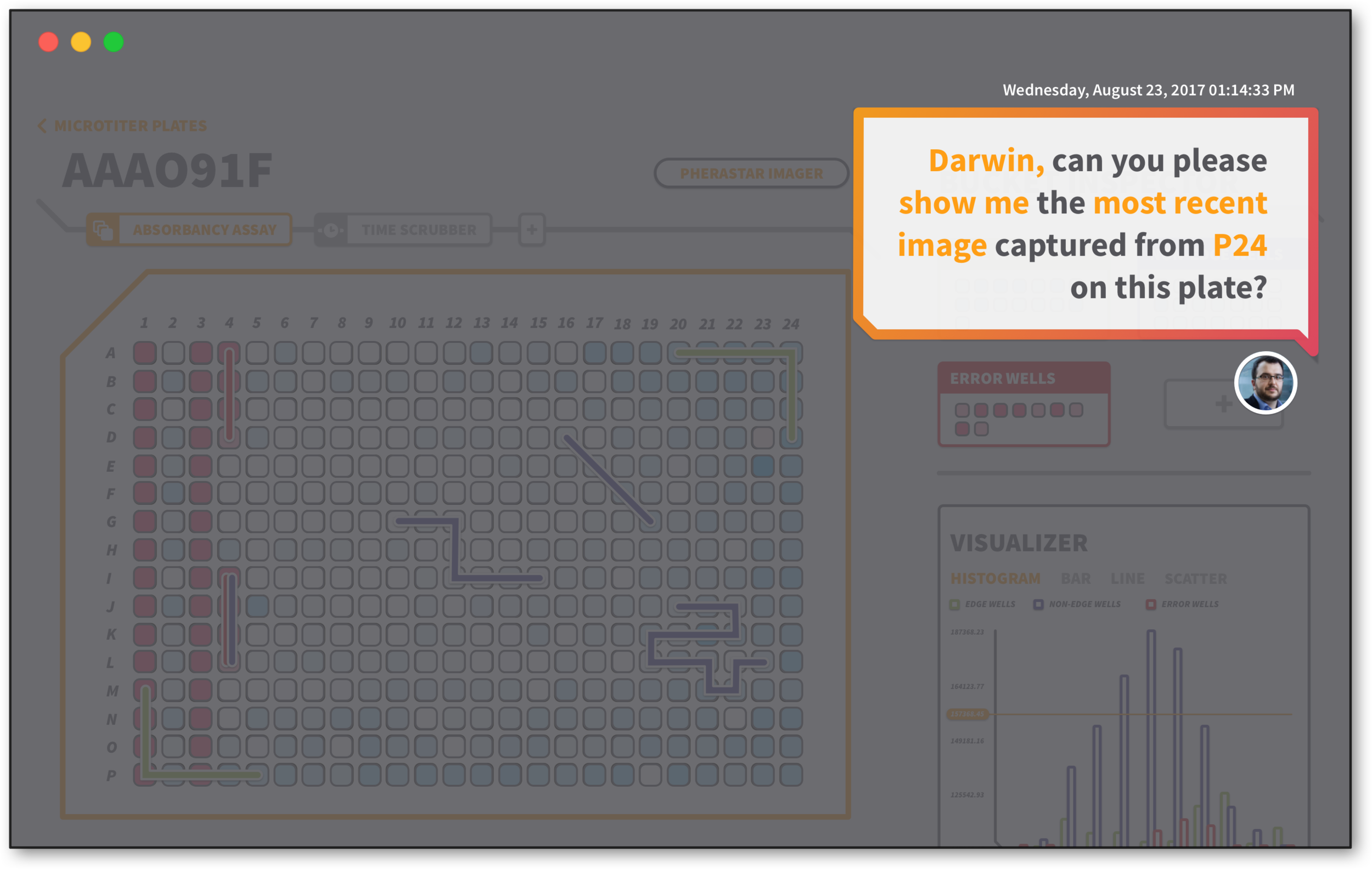In 2017 I was approached by the Boston-based biotech startup BioBright, to join their team as the first dedicated UX/UI Design intern.
Throughout my entire internship, I was responsible for developing the look and feel of the Darwin software platform through a number of different prototypes and use cases.
Brief:
After joining the BioBright team in March 2017, I was introduced to my first major task: redesigning the Darwin voice assistant to be more visually appealing and user friendly.
Darwin is a web-based voice assistant for laboratory science. Built with natural language processing power, Darwin understands the experimental workflow and vocabulary of scientists and can interact with data points across a number of file types and devices.
This allows for acompletely hands-free data reference, documentation, visualization, and manipulation experience, which can exponentially increase productivity for an entire laboratory.
Research:
I referenced existing voice assistants from Apple, Google, and Microsoft to start. All three had implemented an informational chatbox-style interface for their assistants and utilized subtle animation to convey states such as idle, actively listening, and transcribing queries and commands.
Is Siri telling us something?
